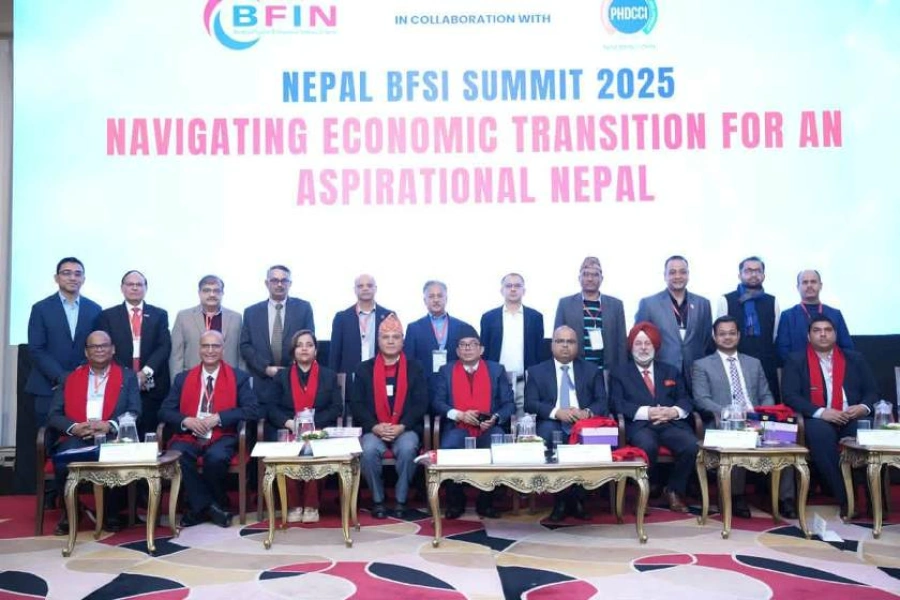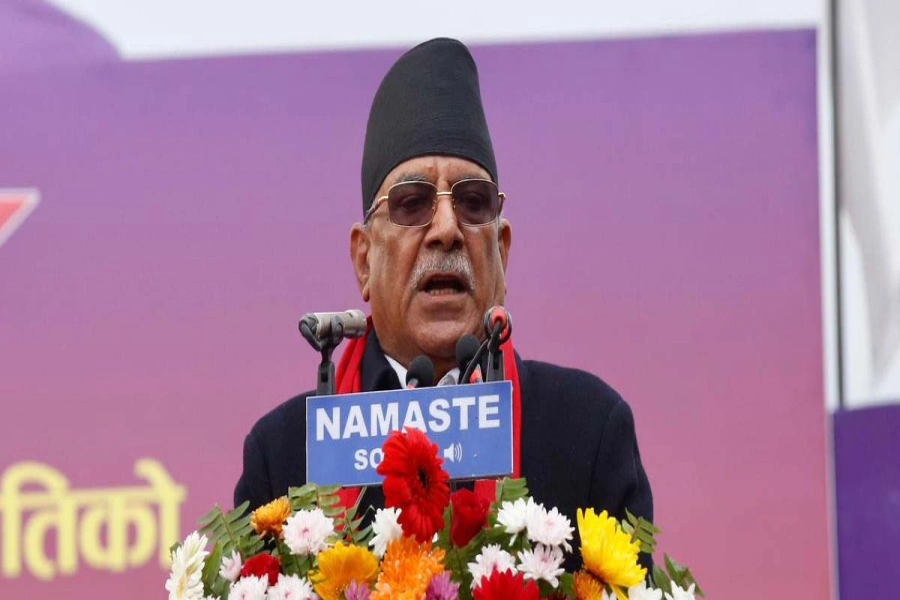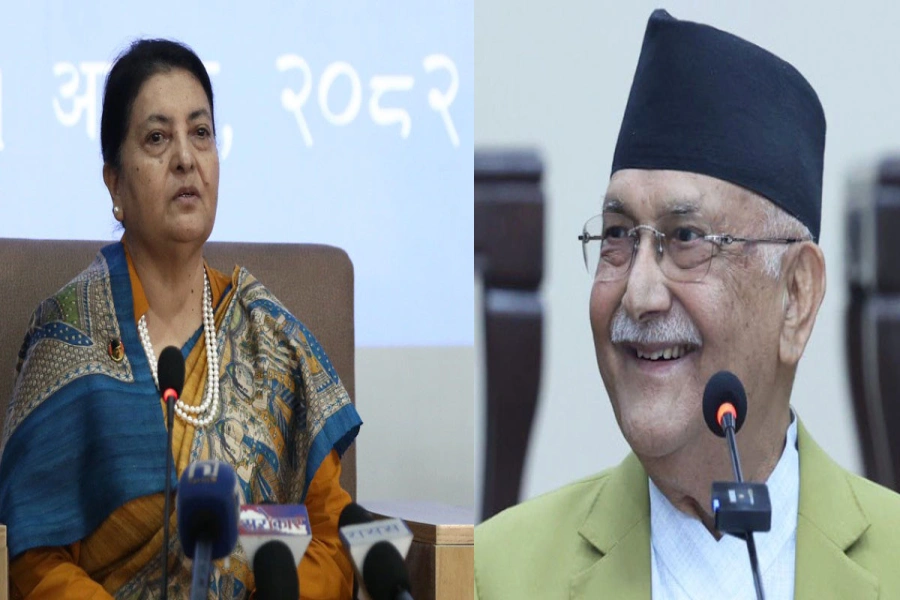Harnessing regional potential by facilitating Nepal-India-Bangladesh hydropower agreement
Bangladesh is one of the most vulnerable countries to the impacts of climate change. Amid the global catastrophes caused by climate change and global warming, Bangladesh faces significant challenges mitigating the adverse effects of climate change. As a densely populated country with limited natural resources and growing energy demand, sustainable energy solutions offer a path forward, promising to address these challenges while fostering long-term development and environmental stewardship.
The rapid economic expansion in the last decade has led to a substantial increase in energy consumption. While Bangladesh’s total capacity surpassed 30,000 megawatts, the total electricity production is about 16,477 megawatts per day, according to the state Minister for Power, Energy and Mineral Resources Nasrul Hamid. Though the capacity increased, it’s struggling to fulfill the daily energy demand due to various reasons. Since 2022, the supply chain disruption brought on by the crisis in Ukraine has made energy security a primary concern for Bangladesh, with other developing and least developed countries.To manage the electricity demand-supply gap in future, Bangladesh plans to import 9,000 MW of electricity from neighbouring countries, seeking external sources to diversify its electricity supply and boost the proportion of renewable energy in its energy portfolio.
In the quest for sustainable energy solutions, the harnessing of hydropower stands out as a beacon of hope, promising clean and renewable energy to power the future. Countries like Nepal have a significant amount of water resources that can play a crucial role in meeting the energy needs of the South Asia region. Nepal, situated in the majestic Himalayas, showcases awe-inspiring peaks and a vast network of rivers that cascade down from these lofty heights. Nepal's geographic advantage positions it as a natural powerhouse, with the potential to generate vast amounts of hydropower.
India considers allowing imported hydroelectricity from Nepal u...

Bangladesh Power Development Board (BPDB) signed a Power Purchase Agreement with Nepal in 2019 to purchase 500 MW of power from the Upper Karnali Hydropower Station in Nepal which is developed by India’s GMR Group. However, initially, Nepal agreed to export 40 MW power to Bangladesh in August 2022, using the high-voltage Baharampur-Bheramara cross-border power transmission link. Another project, the 683-MW Sunkoshi-3 project would take a long time as it is in the feasibility study stage.
To facilitate the export of 40 MW of power, Bangladesh and Nepal were agreed to sign a 25-year deal.The tariff rate has been fixed at 6.5 cents per unit.The understanding will become official Once Bangladesh, Nepal, and India will sign a tripartite agreement on electricity sales. As Nepal and Bangladesh do not share borders and India lies between the two countries, a transmission line has to be passed through India. The electricity will be transmitted to the national grid at Bheramara, Bangladesh, via the Baharampur transmission line in India. Thus, the trade needed India's approval to commence which stands between the two countries. However, India has already agreed in principle to facilitate 40 MW power trade from Nepal to Bangladesh, though it is extending the signing of an agreement with Bangladesh and Nepal.
Bangladesh requested power purchase from Nepal and Bhutan via India during Prime Minister Sheikh Hasina's September 2022 visit. Before that, the Nepal Electricity Authority (NEA) requested Indian consent to export 40 MW of electricity to Bangladesh through India's transmission line. Nepal and Bangladesh requested India to enable 40 MW of electricity trading between them in August 2022. Following the secretary-level Joint Steering Committee (JSC) for Nepal-Bangladesh energy cooperation, the NEA and BPDB requested a trilateral energy sales and purchase agreement using the transmission line in India. Both countries have been waiting for India's approval to build the circulation corridor, but the deal is yet to be reached. Recently, trading margin with NPTPC and NVVN is fixed at INR 0.0595. There are also transmission charges prescribed by the Central Electricity Regulatory Commission of India. That is, per unit of electricity would cost 9 taka including tariff, trading margin and transmission charges.
Currently, Bangladesh imports 900-940 MW of electricity via India’s Baharampur to Bheramara transmission line. Considering the unutilized 2,040 MW transmission capacity of Baharampur to Bheramara grid line, BPDB proposed finalizing the existing grid to supply imported electricity from the GMR project in Nepal in 2022. In this regard, Indian NVVN demanded India’s involvement in cross-border electricity trade using Indian land. Bangladesh agreed to India’s demand to allow it to construct a 116 km transmission line across the territory of Bangladesh for power transmission in the North Eastern states of India.
Due to its geographical situatedness in the northeastern part of India, Bangladesh is strategically important to India from a geopolitical aspect. India needs Bangladesh to connect this remote region to electricity, transportation, and communication. To facilitate regional trade, Bangladesh has granted transit and transshipment to India. Correspondingly, Bangladesh has the potential to offer multiple electricity corridors for transmission.The Indian government aims to generate 500GW from non-fossil energy sources by 2030, fulfilling 50% of energy needs from renewables.
Indian North Eastern Electric Power Cooperation estimates that the region has 58,971 MW of hydropower potential, 40% of India's total. Arunachal Pradesh alone possesses 50,000 MW of hydropower. India will investigate the hydropower potential in Arunachal Pradesh and other northeastern regions. It costs more to transmit hydroelectricity from the North-East to other parts of India on its own territory. India needs a transmission line across Bangladesh to reduce this limitation and access its potential.
Nepal boasts a remarkable potential for hydropower.Recognizing the complementary nature of their energy needs, Nepal and Bangladesh have identified hydropower as a key area for collaboration. Though it may just be a minor start, the Nepal-Bangladesh power trade would be a major step towards sub-regional cooperation in the power sector—something that BIMSTEC and BBIN (Bangladesh, Bhutan, India, Nepal) have been attempting for a number of years.
However, realizing the full potential of this collaboration requires the active involvement of a regional heavyweight, India. India should consider opening up its regional power trade route to promote regional sufficiency in sustainable green energy. A tripartite power trade agreement enabling Bangladesh to import electricity from Nepal through India's grid, would reshape sub-regional cooperation that has been boosted in recent times through cross-border transport and energy initiatives.By enhancing South Asian regional cooperation, India can play a crucial role in facilitating the trade of power and promoting a greener future. India has the opportunity to tap into its vast hydropower potential in the northeastern region by setting up transmission lines through Bangladesh. On the other hand, it is important for Bangladesh to consider the geographical and strategic potential when making an agreement with India. It is important to consider in the agreement that the interests of both countries are protected through reciprocity, ensuring long-term benefits for Bangladesh.





































